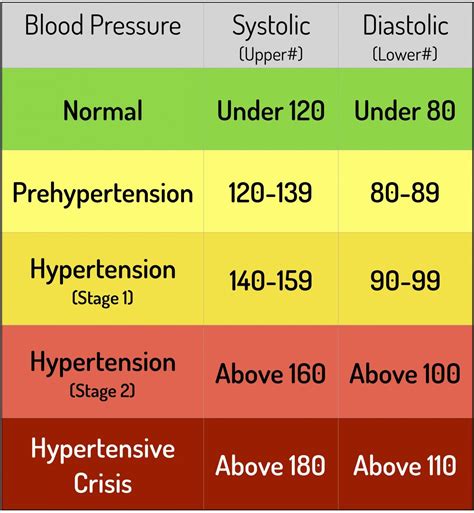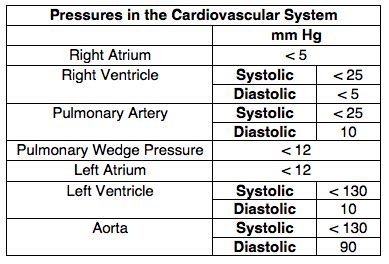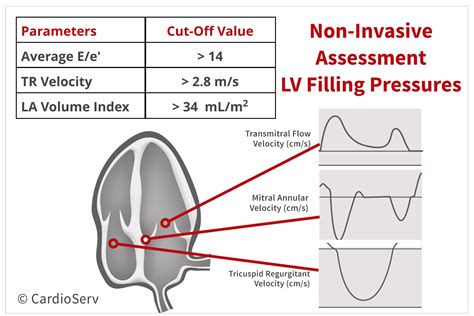lv pressure curve | normal Lv filling pressure lv pressure curve To illustrate the pressure-volume relationship for a single cardiac cycle, the cycle can be divided into four basic phases: ventricular filling (phase a, diastole), isovolumetric contraction (phase . By Nick Thompson. For CNN. LONDON, England (CNN) -- For "Coco Avant Chanel" director Anne Fontaine, there was only one actress who could play Coco .
0 · normal blood pressure chart
1 · normal Lv pressures
2 · normal Lv pressure range
3 · normal Lv filling pressure
4 · normal Lv end diastolic pressure
5 · lvedp blood pressure chart
6 · Lv pressure sensor
7 · Lv end diastolic pressure
10 Accurate: Silver Currency. Viking Silver Currency Front And Back Circa 900 AD. Fans of previous games in the franchise will notice many mechanisms within Assassin's Creed Valhalla, but perhaps none more so than a singularized currency.
To illustrate the pressure-volume relationship for a single cardiac cycle, the cycle can be divided into four basic phases: ventricular filling (phase a, diastole), isovolumetric contraction (phase .EDPVR (End-Diastolic Pressure-Volume Relationship) shows the relationship between ESV and left ventricular volume. The EDPVR curve shows that the left ventricle can withstand large .To illustrate the pressure-volume relationship for a single cardiac cycle, the cycle can be divided into four basic phases: ventricular filling (phase a, diastole), isovolumetric contraction (phase b, systole), ejection (phase c, systole), and isovolumetric relaxation (phase d, diastole).EDPVR (End-Diastolic Pressure-Volume Relationship) shows the relationship between ESV and left ventricular volume. The EDPVR curve shows that the left ventricle can withstand large pressure increases but at a certain threshold, pressure rises rapidly with further volume increases.
Pressure-volume (PV) analysis addresses these shortcomings by combining simultaneous measurements of pressure and volume to generate load-independent measures of systolic and diastolic chamber properties, and is considered the gold-standard method for characterizing ventricular systolic and diastolic function, as well as ventricular-vascular .Real-time left ventricular (LV) pressure–volume loops provide a framework for understanding cardiac mechanics in experimental animals and humans. Such loops can be generated by real-time measurement of pressure and volume within the left ventricle. This relationship is described by the ventricular diastolic pressure-volume curve, i.e. the increase in pressure observed in the left ventricle which occurs when it fills in diastole. Here is a representative normal curve measured by Zile et al (2004) , below and on the left.A shift of the curve to A indicates that a higher left ventricular (LV) pressure will be required to distend the LV to a similar volume, indicating that the ventricle is less distensible. The slope of the LV end-diastolic pressure-volume relation indicates the passive chamber stiffness.
Ventricular pressure-volume (PV) loops are an excellent tool for visualizing changes in ventricular function in response to changes in preload, afterload and inotropy. These ventricular changes can be complex because preload, afterload and inotropy are interdependent variables, meaning that when one variable is changed, the other variables change. The ventricular pressure-volume loop is a critical tool for understanding the dynamics of heart function, particularly in heart failure. During diastolic filling, the LV volume increases as the diastolic pressure drops, a key period when the aortic valve is closed and the volume of blood in the ventricle is at its highest.Pressure-volume loops are graphs showing the changing relationship between left ventricular pressure and volume during a cardiac cycle. They provide useful information such as stroke volume or end-diastolic volume, as well as systolic, diastolic, and pulse pressure.
This pressure volume loop diagram represents the 5 phases of the cardiac cycle. It makes more sense to start at the end of stage 4 of the cardiac cycle: isovolumetric relaxation and beginning of stage 5- ventricular diastole. At this point, the end systolic volume of the LV is +- .To illustrate the pressure-volume relationship for a single cardiac cycle, the cycle can be divided into four basic phases: ventricular filling (phase a, diastole), isovolumetric contraction (phase b, systole), ejection (phase c, systole), and isovolumetric relaxation (phase d, diastole).EDPVR (End-Diastolic Pressure-Volume Relationship) shows the relationship between ESV and left ventricular volume. The EDPVR curve shows that the left ventricle can withstand large pressure increases but at a certain threshold, pressure rises rapidly with further volume increases.
Pressure-volume (PV) analysis addresses these shortcomings by combining simultaneous measurements of pressure and volume to generate load-independent measures of systolic and diastolic chamber properties, and is considered the gold-standard method for characterizing ventricular systolic and diastolic function, as well as ventricular-vascular .Real-time left ventricular (LV) pressure–volume loops provide a framework for understanding cardiac mechanics in experimental animals and humans. Such loops can be generated by real-time measurement of pressure and volume within the left ventricle. This relationship is described by the ventricular diastolic pressure-volume curve, i.e. the increase in pressure observed in the left ventricle which occurs when it fills in diastole. Here is a representative normal curve measured by Zile et al (2004) , below and on the left.A shift of the curve to A indicates that a higher left ventricular (LV) pressure will be required to distend the LV to a similar volume, indicating that the ventricle is less distensible. The slope of the LV end-diastolic pressure-volume relation indicates the passive chamber stiffness.

normal blood pressure chart
Ventricular pressure-volume (PV) loops are an excellent tool for visualizing changes in ventricular function in response to changes in preload, afterload and inotropy. These ventricular changes can be complex because preload, afterload and inotropy are interdependent variables, meaning that when one variable is changed, the other variables change. The ventricular pressure-volume loop is a critical tool for understanding the dynamics of heart function, particularly in heart failure. During diastolic filling, the LV volume increases as the diastolic pressure drops, a key period when the aortic valve is closed and the volume of blood in the ventricle is at its highest.Pressure-volume loops are graphs showing the changing relationship between left ventricular pressure and volume during a cardiac cycle. They provide useful information such as stroke volume or end-diastolic volume, as well as systolic, diastolic, and pulse pressure.


inside of a fake louis vuitton bag

normal Lv pressures
Read Next: Algerian-French Actor and Chanel Ambassador Lyna Khoudri on Her World of Film, Fashion, and Fragrances. Actress Whitney Peak is the fresh new face of Coco Mademoiselle. Her connection with .
lv pressure curve|normal Lv filling pressure




























